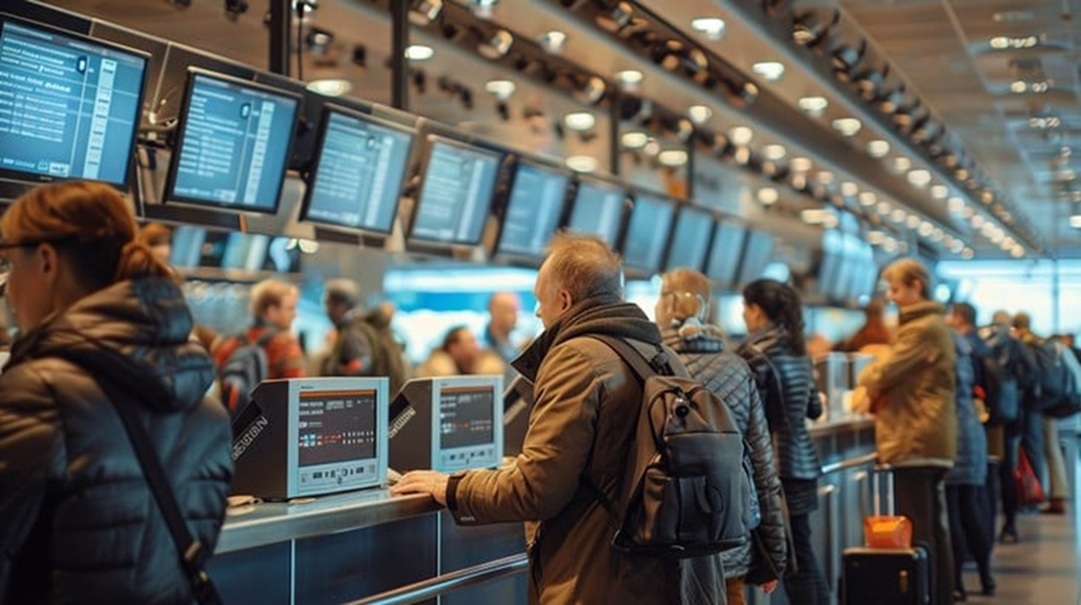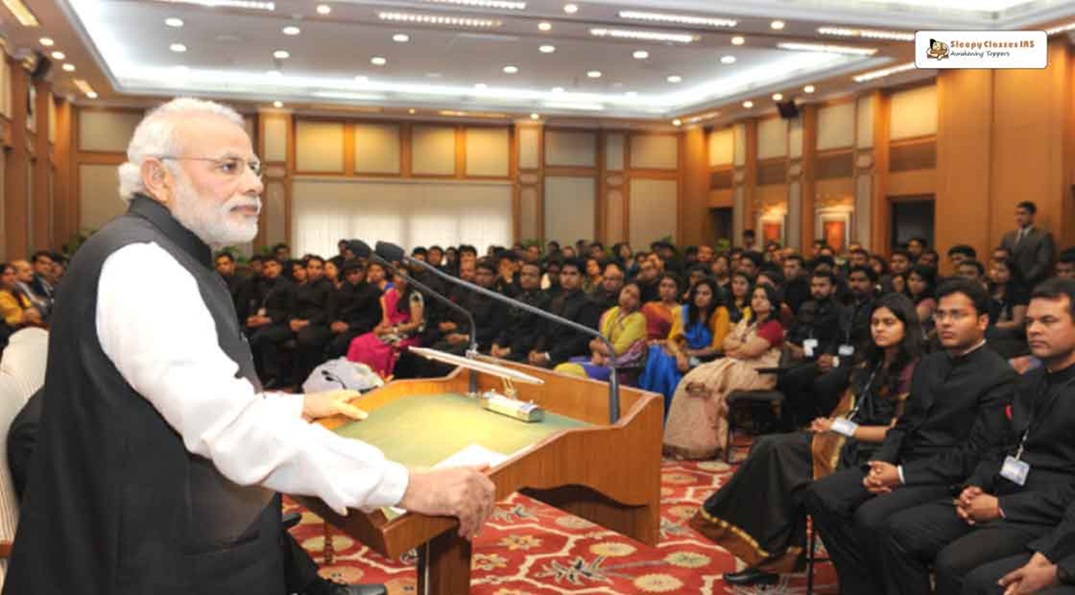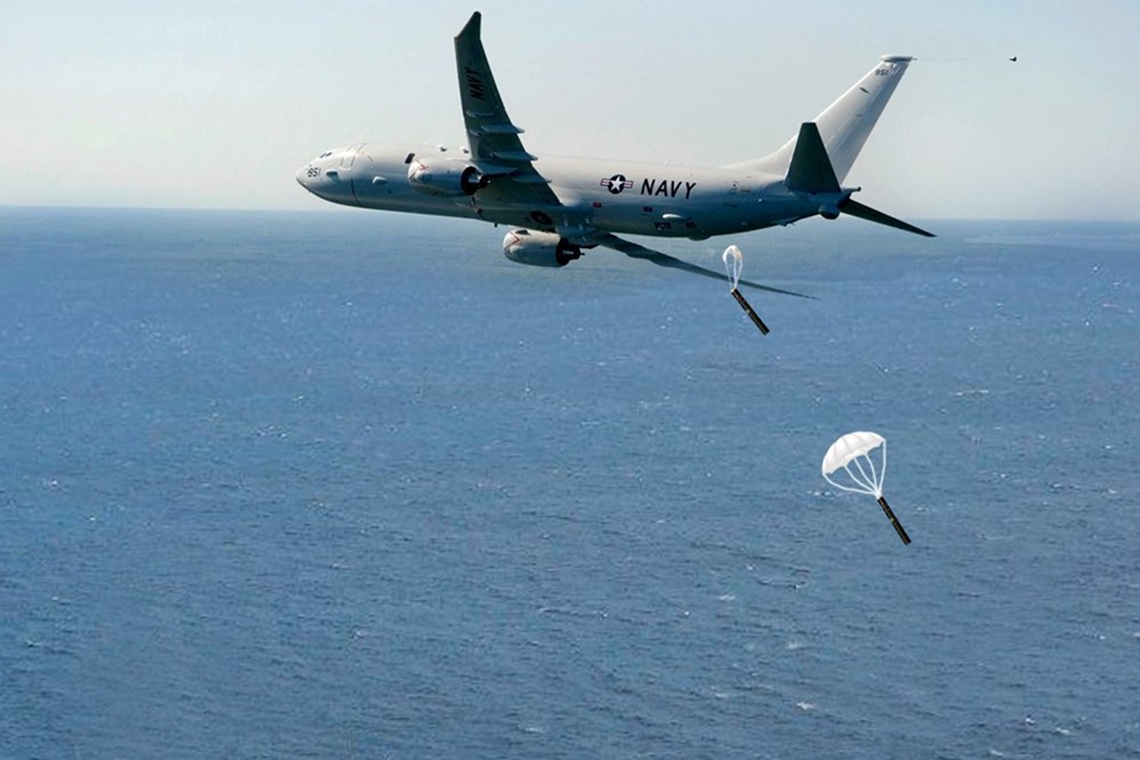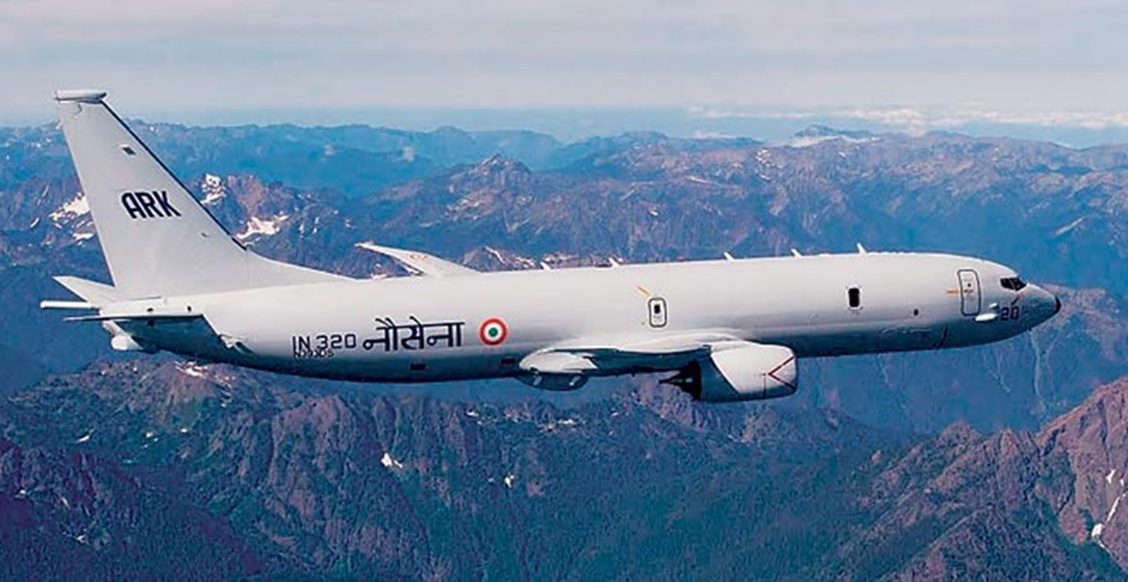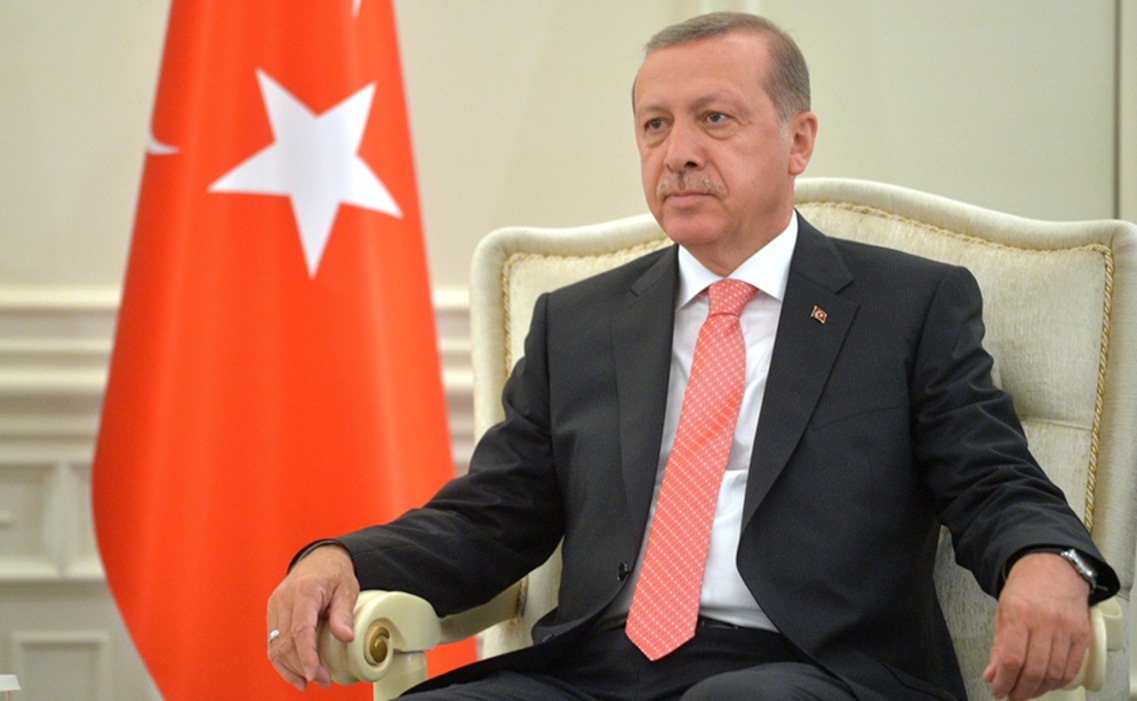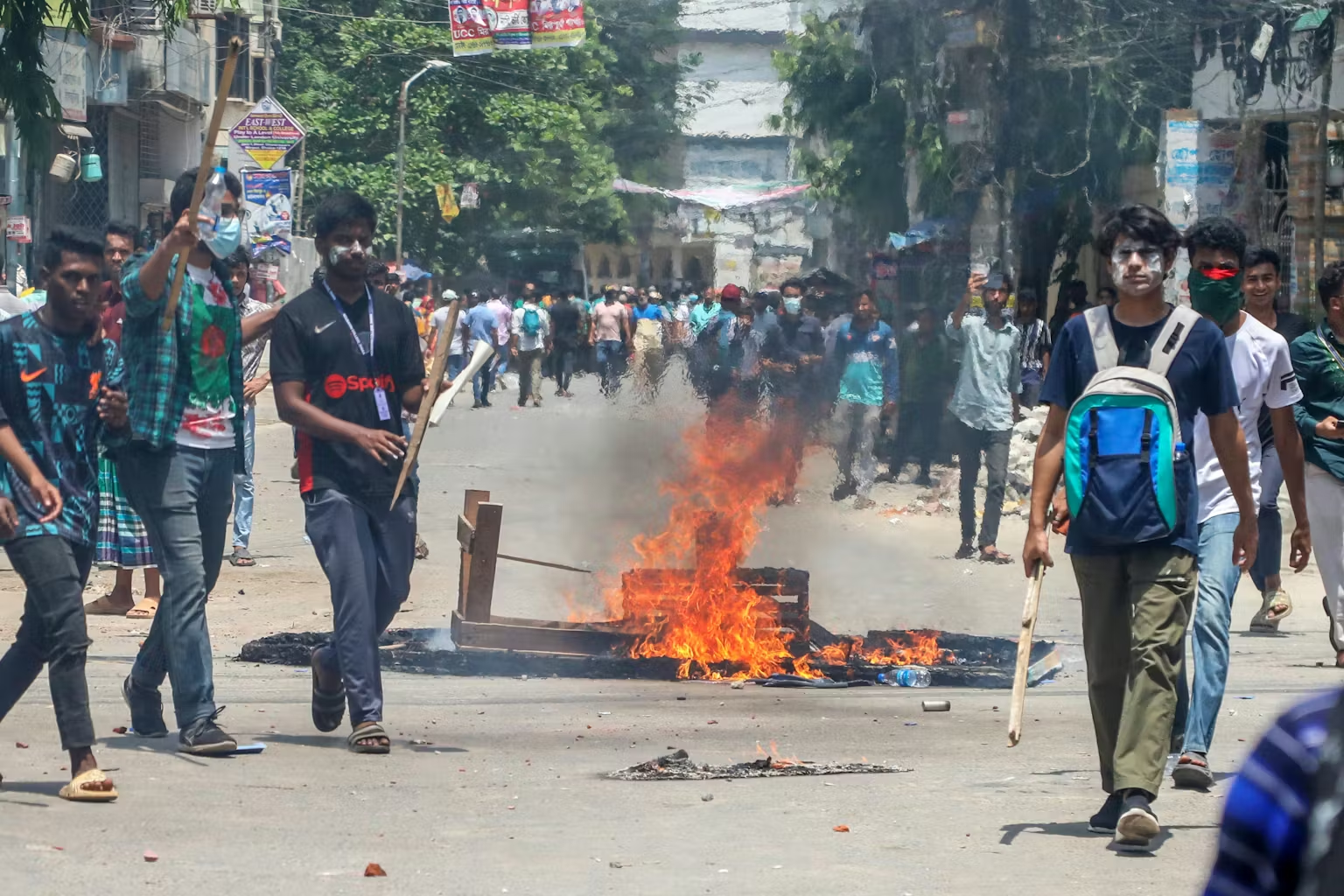A recent violent altercation between an Indian Army Officer and a Ground staff member of SpiceJet airline at a high-security airport of the nation has drawn widespread attention, prompting police investigations and legal action. Regardless of who is at fault, violence at airport terminals is never justified. A series of such incidents has happened before.
In Jan 2024, a pilot of Delhi – Goa, IndiGo flight was assaulted by a passenger or another incident of passenger rage over delayed baggage in Jun 25 at Delhi airport or brawl between airport staff and taxi driver at Mumbai airport or passenger slapped by another passenger suffering panic attack just a week ago, has raised serious concerns of violence and aggression at work place. Let us examine the safety of employees and passengers trapped in such a volatile situation.
International Labour Organisation says Violence and harassment in the world of work remains a grave, unacceptable challenge that too many people continue to be exposed to, and its eradication should unite all employers. It constitutes situations where workers, employers and other people are threatened, bullied, attacked or assaulted at work. Any form of violence and harassment challenges the safety, health and well-being of all persons and can bring physical and mental harm.
Definition of Workplace Violence
‘Any incident in which a person is abused, threatened or assaulted in circumstances relating to their work.’
It is important to remember that this can include:
- verbal abuse or threats, including face-to-face, online and via telephone
- physical attacks
This might include violence from members of the public, customers, clients, patients, service users and students towards a person at work. For violence to be work-related, it must be in connection with the work activity. For example, the following situations would not be included in this definition:
- personal disputes between workers and other people, such as family members
- violence between people not at work, such as customers or service users
Everyone in the world of work, including workers and employers, should be protected from violence and harassment. Providing a safe and healthy working environment is not only a national requirement, but it is now a fundamental principle and right at work. Employers should take appropriate steps and measures to mitigate the risks and prevent violence and harassment at work for the persons, places, situations and circumstances within their control.
Impact of Violence
Work-related violence can have an impact on both you and your workers, including those who may witness an incident. It can cause:
- injury
- stress and mental health conditions
- disability or death
There can be physical harm, but serious or persistent verbal abuse or threats can also have a serious effect on a worker’s mental health.
For employers, violence can lead to increased staff sickness, poor morale, and a damaged reputation, making it difficult to recruit and keep staff. It can also mean extra cost, with higher insurance premiums and compensation payments. It may translate to the enterprise’s bad name and reputation, reduced investor confidence and poor customer loyalty.
Legal Provisions
Most countries have provisions in work-related legislation that prohibit violence and harassment or some of its forms, and impose obligations on employers to protect workers and prohibit violence and harassment at work. Employers may be liable if their workers attack or harass or are attacked or harassed by a co-worker, client or customer while working or in work-related situations. Violations of the obligations on employers may result in lawsuits, litigation or compensation claims. Refer to ILO Convention No. 190 and Recommendation No. 206. To fulfil their duty of care, employers should ensure that the workforce is protected from violence and harassment. Employers must conduct a risk assessment and implement necessary measures to protect from work-related violence, and they could be liable for such failure. In addition, employers should appoint competent people, set up emergency procedures and provide information and training to workers. Workers, on the other hand, are required to use the information and training they have received, and to report dangerous situations or failings in health and safety arrangements.
Preventive Measures
Often, no single control measure will be completely effective on its own, and it is best to use multiple measures and approaches.
- Ensuring good visibility throughout your workplace and providing good lighting to remove blind spots, and ensuring workers and others can be seen
- Places where tension could grow, for example, implementing a suitable queuing system
- Security measures, like CCTV, trained security personnel, body-worn cameras, alarm systems, and building security, can act as a deterrent but also provide evidence for the police to convict offenders
- Adequate signage and visual displays
- Lone workers or trainees are at greater risk
- Work closely with Government agencies like security, police, local authorities, etc.
- Raise awareness with the public to target specific forms of violence
- Communicate clearly about delays and problems
- Ensure adequate staffing levels
- Training – Training can be used to prevent and manage violence. It can provide workers with appropriate skills to reduce or diffuse potential incidents.
- Training should be available to everyone working at the airport and airlines, including cleaners and maintenance workers.
- Basic training should include the principles of managing violence, recognising warning signs, relevant verbal and non-verbal skills, and identifying underlying and immediate causes
- You might need to include additional training, such as physical intervention techniques, if there is a serious risk of physical aggression towards your workers.
De-escalation of Scuffle
Wherever you work, here are some of the basic techniques you can use to calm situations down and prevent violence and aggression:
- Be polite and use a clear, calm voice
- Relax your posture and keep your hands by your side
- Keep a safe distance and allow personal space
- Face the person and maintain eye contact
- show empathy and that you are listening and acknowledging their feelings
- avoid raising your voice and arguing
- offer alternative solutions to their problem so the person has a way out other than aggression
- Trust your instincts. If the situation does not feel safe, and de-escalation is not working, then you could use a diversion tactic, such as advising that you need to check with your manager. If none of these actions help, you could follow your emergency procedures, such as using a panic alarm.
Prevention of Such Incidents
As per the International Transport Workers Federation (ITF) which represent nearly 16.5 million working men and women in all transport sectors reports that aggressive behaviour experienced by workers is like shouting (70.1%), aggressive posturing (64.7%), swearing (64.3%), threats (63.3%), rude gestures (62%), name- calling (50.7%), and sexual innuendo (23.1%). Other behaviours were reported less frequently, such as wounding, kicking, biting, punching, and spitting. There is no such research report available for workers involved in the aviation sector. With an increase in such incidents after the COVID-19 pandemic, it is time to look at them more closely and initiate some measures at the national/international levels.
- The primary reason could be that all these incidents are not reported due to the stigma attached or due to fear of losing the job.
- The reporting system may not be convenient. Often, reporting such unpleasant incidents is not easy. The procedure may be made user-friendly for the victim.
- Inconsistency of consequences as no clear policy defined by the regulator or airlines/airport management for misbehaving with staff. Disruptive and Unruly passengers are also let off due to difficulties in reporting and follow-up. The airline is unable to impose stricter punishment other than a No-Fly ban on these passengers.
- Producing evidence of blame is with the victim of violence, and the benefit of doubt is often given to the customer/passenger.
- Regular training for managers, employers and workers should be mandatory to recognise signs of third-party violence, de-escalation techniques, proper response protocols and risk evaluation.
- Training needs should be monitored and reviewed regularly, and training courses evaluated for their effectiveness.
- Refresher training is periodically provided to ensure workers’ skills are kept up to date.
- Psychological and practical support for workers who experience violence or harassment is necessary.
- Finally, legislative frameworks play a crucial role by establishing the minimum standards that must be included in workplace policies. This is precisely what makes ILO Convention C190 so vital.
Way Ahead
Violence and aggression can lead to workers experiencing stress. There is advice on protecting workers from stress and mental health conditions. While employers have primary responsibility for providing a safe and healthy working environment, including a world of work free from violence and harassment, the joint efforts and collective action from government, workers and all actors in the world of work are required. India has not yet ratified ILO Convention 190 (C190), according to the International Labour Organisation. While India has ratified 47 other ILO conventions, C190, which addresses violence and harassment in the world of work, is still under consideration.
Recommendation
Considering the steep rise in cases of violence in the aviation sector, the Government of India should enact enabling and supporting laws and legislation for safety and security. In the meantime, workers, customers and employers should refrain from violence and harassment, cooperate and contribute to enhance safety and security and make the journey as enjoyable as possible for all of us involved and present at the moment. Sometimes it is more about the journey than the destination.
Disclaimer: The views and opinions expressed by the author do not necessarily reflect the views of the Government of India and Defence Research and Studies
Title image courtesy: Stockcake


